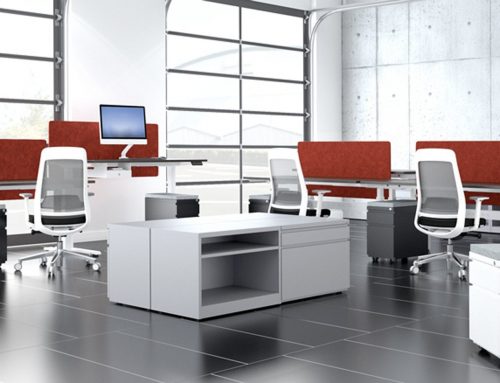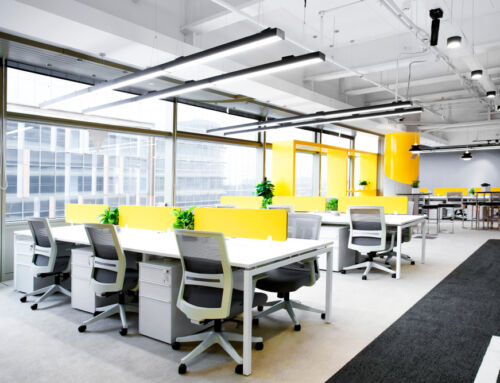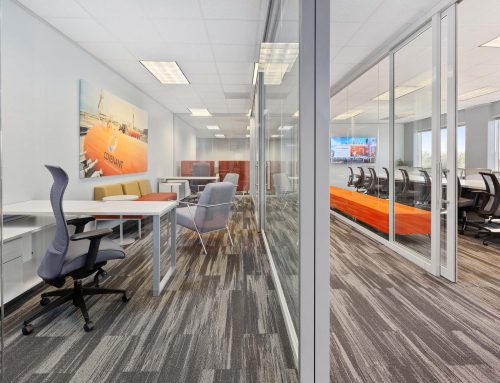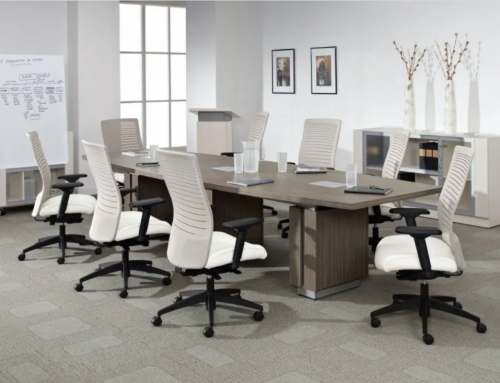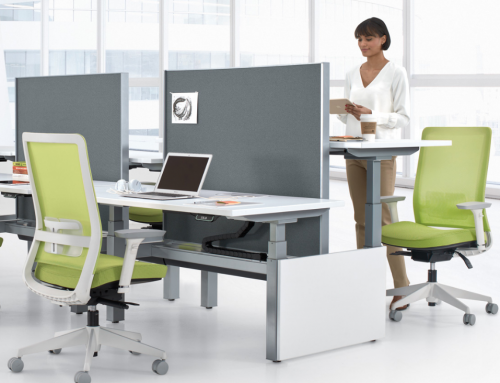A Complete Office Move Checklist
Relocating to a new office is often very positive and indicates the next stage in a business’s evolution. An efficient and effective office move is essential for a successful transition into this new phase in the life of the company and its future growth.
That being said, moving offices is a tough undertaking which will require careful planning and detailed organization to keep it smooth, so the transition is as brief as possible and business operations are back to normal within a few days.
This will be a multi-step process requiring meticulous planning and a multi-step preparation process. As with any large project, it’s best to take the “divide and conquer” approach by delegating the workload and assigning specific tasks to different employees and or third-party contractors as needed. Beginning the process early and frequent open communication is vital for a successful, and less stressful, office move.
Office Move Checklist
As with any complicated process, an office move will benefit from organized planning which breaks the process down into manageable components.
Furniture and Space Planning
- Review your employee count.
- Review the current layout of your office.
- Evaluate the physical location of different departments and their business functions to determine if specific departments could be more efficient located closer to other departments.
- Determine suitable print, file, and common area needs for your new space.
- Consider any opportunities for office layout improvements.
- Consider multiple space layouts and solicit feedback from employees.
- Inventory existing furniture inventory while considering its condition.
- Document any current unique ergonomic accommodations.
- Verify all dimensions in your new space along with general buildout.
- Hire a professional space planner to do all of the above for you.
- Determine furniture goals including size, feel, look, color, cost, and functionality.
- Consider your furniture options:
- Purchase or lease new furniture
- Purchase refurbished furniture
- Sell/decommission old furniture
- Reuse your existing furniture
- Repurpose existing furniture
- Create a detailed plan for furniture in the new space.
- Determine furniture lead times and installation timeframes.
 Vacated Space Considerations
Vacated Space Considerations
- Review your lease for any space turnover requirements.
- Determine adjustments or repairs required for compliance with lease terms. (wall repairs, painting, cable removal, returning any customized areas to their initial condition, etc.)
- Create an inventory of fixtures, surplus furniture, and equipment that are staying.
- Consider available outlets for any surplus assets. (charities, liquidators, recycling, disposal, redeployment)
- Ensure IT assets and surplus furniture such as file cabinets are purged of any confidential information.
- Have a plan to either shred or archive remaining documents.
- Plan for signage removal and relocation.
- Cancel security, utility, and other services as needed.
- Schedule a vendor to clean the vacated space
- Schedule a walkthrough with the landlord or property owner
Effective Communication
- Establish rules for the new building including parking procedures, amenities and security details.
- Publish employee move instructions including specific dates and packing instructions. Don’t allow employees on-site unless designated to avoid injury and delays during the move.
- Publish a network outage timeline with a contingency plan.
- Update the company website and advertising to reflect the new location.
- Update phone numbers as needed.
- Notify the post office of the address change
Technology Considerations
- Complete an assessment of your IT infrastructure for both the current and proposed locations.
- Evaluate necessary cabling requirements using network industry best practices.
- Create an inventory of office technology assets.
- Consider technology upgrades for modernization and consolidation.
- Inventory critical business applications.
- Strategize desktop, printer & conference room relocation.
- Consider data services early – ordering new or transferring existing Cable, POTS, Satellite, MPLS, T-1, or DSL. There is typically a 90 Day lead time with most carriers.
- Develop your critical hardware and server move plan.
- IT evaluation/approval of the move plan.
 Office Move Preparation
Office Move Preparation
- Schedule regular meetings with designated move coordinators.
- Schedule meetings to educate your employees on their move responsibilities.
- Obtain security clearances for all vendors in advance and obtain necessary permits.
- Schedule move dates with move providers in advance
- Schedule meetings with move vendors to strengthen collaboration. (cabling company, furniture installer/mover, electrical etc.)
- Create and disseminate any employee move instructions (how to pack, move timing and specific responsibilities).
- Monitor move preparation and progress regarding established milestones.
- Designate existing furniture for either re-use or retirement in advance of moving day and be sure all re-used furniture has an approved layout.
- Consider having the mover hang whiteboards, wall art, etc.
- Consider hiring a mover who provides desktop support services such as disconnecting, reconnecting PCs with cable management and connectivity testing.
- Protect all IT components and equipment using anti-static bubble wrap.
- Be sure the mover provides a project manager, present for all move activities.
- Walk through the new location and compare final seating assignments to identify and avoid errors in advance.
- Schedule a cleaning crew for days prior to and after the move.
- Provide employees with keys to their new workstations and file cabinets
- Confirm ergonomic adjustments are prepared in the new location prior to moving day if possible.
- Provide full-size floorplans in all locations for easy reference.
- Pack all confidential records in plastic crates with tamper evident security seals.
- Prepare welcome packets for your employees in the new location.
Move Day
- Delegate a lead person to track move progress per established milestones.
- Delegate move coordinators to be on-site through the moving process and define the specific responsibilities of each one.
- Delegate a lead person to walk the vacated areas and identify any left behind items or problems.
- Delegate a lead person to walk the newly occupied space and ensure goods are appropriately staged and connected.
- Establish a standard procedure for handling employee issues such as missing items, or other help needed.
- Have the mover provide a crew at the new site for the first couple of days of business for support like unpacking, furniture adjustments, and hanging wall mounted items.
- Make sure employees unpack and return all moving crates to a designated area promptly to avoid unnecessary costs.
- Have signage installed at the new location.
Vendors to Consider
- General contractor
- Architectural and design
- Network (prepare for the move, upgrade, backup)
- Electrician
- Cabling
- Voice/data
- Security
- Audiovisual
- Moving
- Office furniture
- Janitorial
- Painter
- Vending
- Landscaping
- Artwork, signage
- Liquidator (furniture and IT assets)
Using this office move checklist will help you to plan and execute your next move more easily.
Collaborative Office Interiors carries products from some of the most respected office furniture makers, but did you know we also provide expert interior design and space planning for your new space?
We also:
- Deliver
- Install
- Disassemble and reassemble
- Liquidate your old unused furniture.
Contact us if you would like to hear more about our products and services or talk about how we can help.
